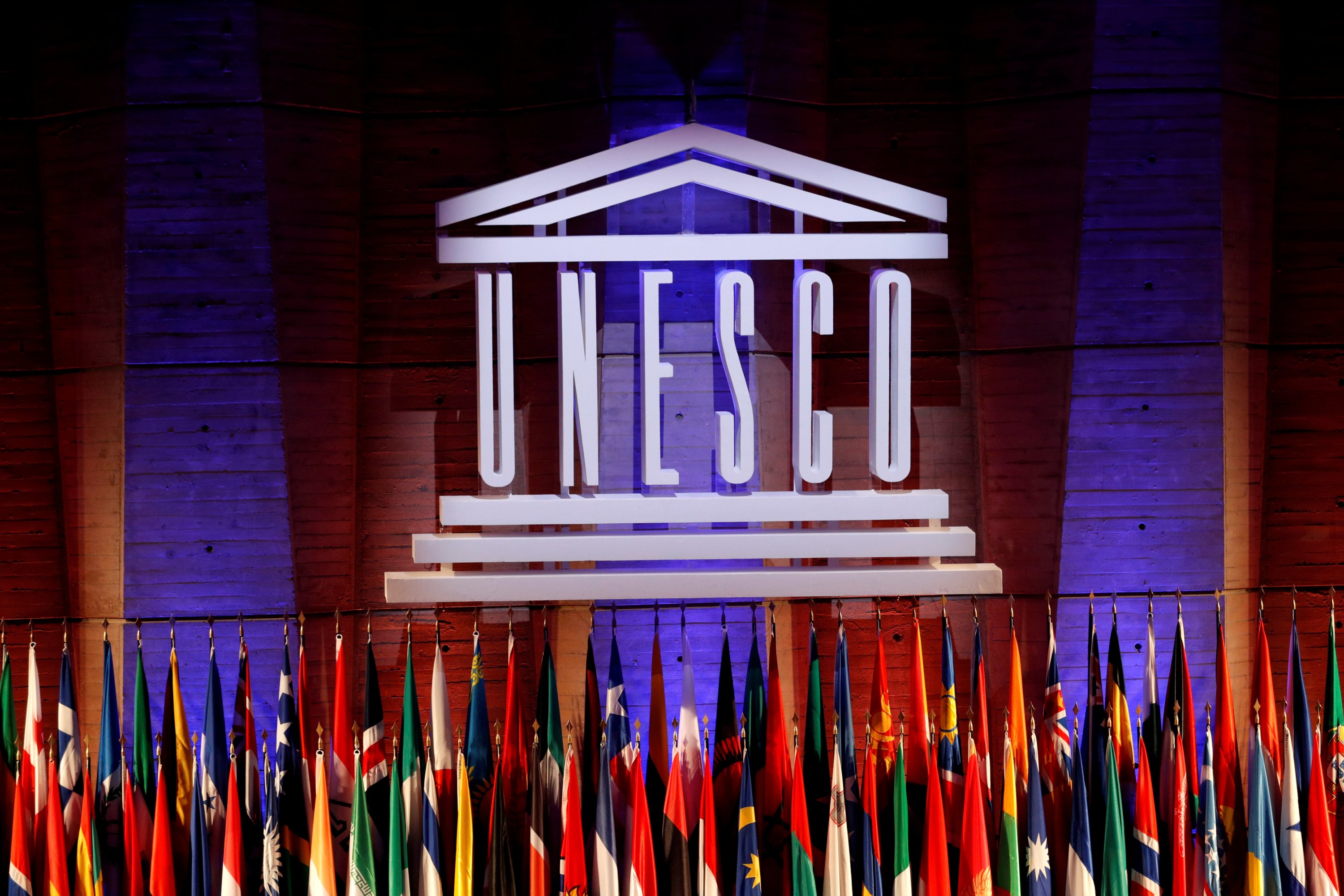Critical-Analytical Reflection
The goal of this blog post is to go through my personal thought/learning process of understanding what global digital humanities and global cultural heritage is. As well as the realization of the imbalance of representation between the Global North and Global South.
I signed up for this course with the general understanding of cultural heritage…never digital humanities and how these two topics intersect. The first chapter of Roopkia Risam’s book felt similar to reading another language. So, I decided to resort to YouTube and find introductory lectures from different Universities.
The one that brought me the most clarity was one done by Elijah Meeks hosted at Stanford University. Elijah had multiple definitions, one being that digital humanities is the concept of bringing computational methods to bear on traditional humanities. Digital humanities is the combination of multiple disciplines that tend to intersect. Such as data journalism, fan culture, Wikipedia, new media, digital objects, computational methods and more. After my YouTube rabbit hole, Dr. S’ first 4 weeks of lectures, the readings and interactive site; I FINALLY had an idea what the umbrella topic of what digital humanities is. I realized how applying computational tools to the humanities can bridge gaps in history that haven’t been represented holistically. Or analyzing an insane amount of physical objects that cannot be manually done. The examples that were used early in the class such as the studying of postcards in WWI as conduits and nodes was such a mindblowing concept to me. I then started to understand how important it was for physical archives to be digitally archived, and how this information can be utilized by someone on a different continent. Which can also lead to a back and forth type of interaction to occur; specifically when there are platforms that allow others to provide a counter-narrative to a topic that is digitally archived. Such as the Transatlantic Slave Database or the Freedom on the Move database; which compiles thousands of stories that have never been in one place. These databases have the goal to also provide minorities with equal representation. Which leads to the understanding that there is an imbalance of global representation. This can be attributed to the divide between the Global North and the Global South.

Global North and Global South
First, we need to break down the difference between the Global North and Global South. We really began diving into this topic around the Unit B mark. There has been an identified global division between the North and the South; mainly attributed to political and economic growth. Global Northern countries are those nations that are economically developed such as the United State, the United Kingdom, Canada, Western European nations and developed parts of Asia; Global Southern countries are those that are less economically developed such as nations in Africa and some parts of Asia (Odeh,2010). The Global North dominates in economics and resources, therefore contributing the most to digital humanities. Dr. S. has also mentioned that this division also is connected to colonialism and the history of colonialism, with the South having been more impacted by colonialism in terms of being colonized territory. That the Global South has not truly caught up to the Global North, and the Global North paves the way on how digital humanities are archived. These statements can be backed by the postcolonial theory, with stressing on the factor that post-colonialism has not truly stopped impacting the humanities. Postcolonial theory is a body of thought primarily concerned with accounting for the political, aesthetic, economic, historical, and social impact of European colonial rule around the world in the 18th through the 20th century.
Survival Due to Organizations
One of the most important motives I learned about digital archives, is the desire to preserve cultural heritage. The importance behind preservation is for survival of the cultural heritage all together. Not only has it been identified that digitally archiving artifacts, documents, music etc. is the most modern way of reaching a broader audience, but it is essential to not lose the authenticity. e ability to produce digital cultural heritage in a range of languages and from multiple cultural perspectives is a matter of global cultural heritage survival (Risam, PG 46). There are organizations that their mission is to digitize this material for preservation and survival. This course had us look at some of these organizations such as UNESCO, ADHO, Black Press Research Collective, Smithsonian Digital Archives & more.

The organization I was personally interested in the most was UNESCO. Dr. S explains how UNESCO is important because if its mission to protect cultural heritage internationally and to identify monuments that are considered World Heritage. UNESCO also sets conventions guidelines the different nations who are members of the United Nations signed onto and adhere to regarding cultural heritage artifacts. It’s so important to publicly identify sites, locations, objects, etc. in order to preserve the cultural heritage. I am thankfully to having been exposed to these type of organizations and it has truly inspired a greater appreciation for the historical background.
Works Cited
Elam, J. D. (2019). Postcolonial Theory. Oxford Bibliographies.
Odeh, L. E. (2010). A comparative analysis of global north and global south economies. Research Gate.
Risam, R. (2019). New Digital Worlds. Evanston: Northwestern University Press.
Ashley, I really like how your post is organized and the media items you included. I thought this was really helpful and unique. I also liked your discussion about the Global North and the Global South, as an international studies major I feel like this something that needs to be discussed more. I also find UNESCO very interesting.
Ashley,
I really liked how you strutted and presented your blog post. The graphics and structure is quite phenomenal. How you intertwined and expanded off the Global North and Global south divide was really thought out, and really well done.
Really detailed, sweeping survey of what you’ve learned. Impressive depth of material. I’m glad you got so much out of the course!